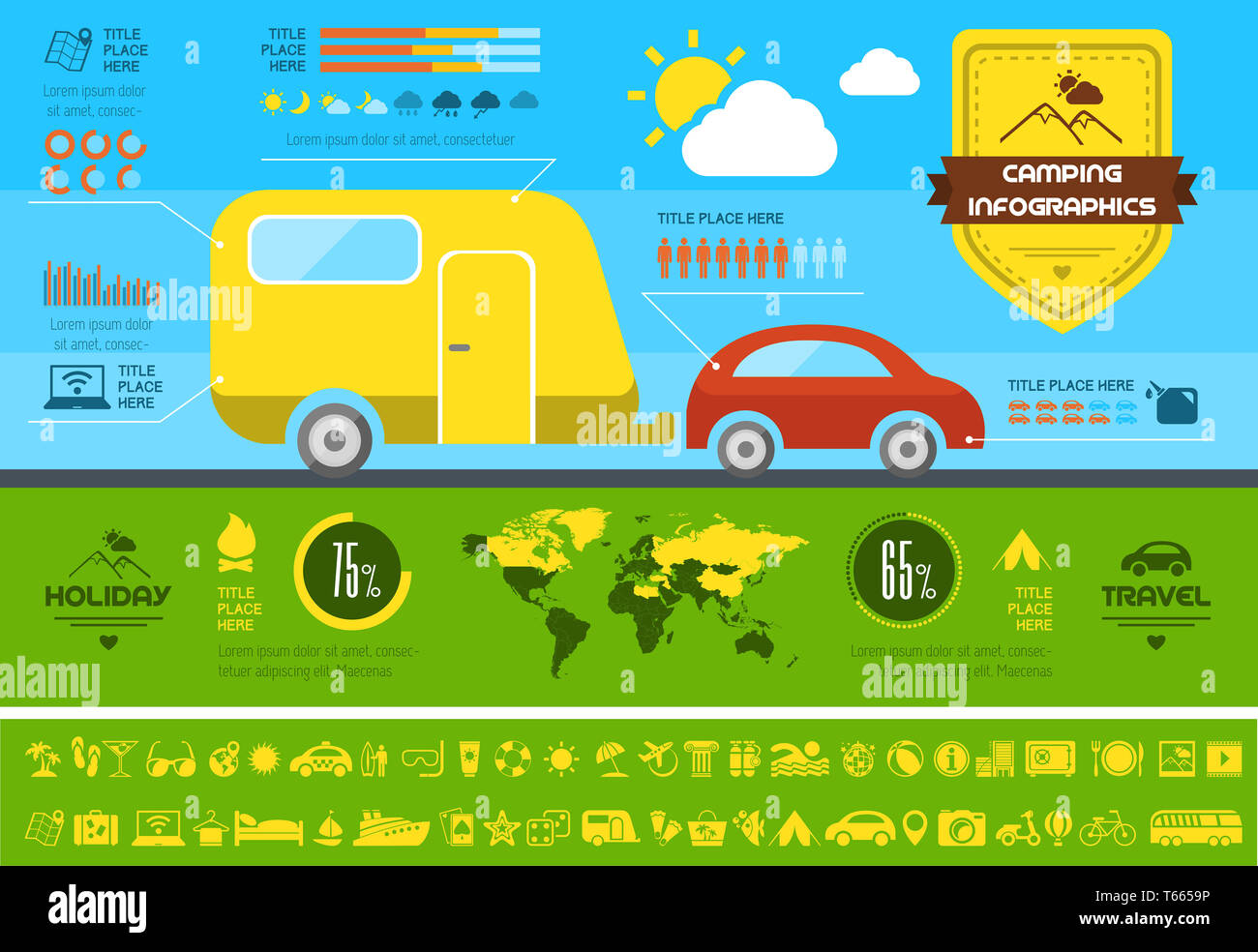Your digital footprint is everything that can be traced back to you online. It includes your pictures, articles and surfing background. It can also include metadata from apps.
How much is a small tent?
Adding an impact to the bottom of your outdoor tents is a very easy means to reduce abrasion and funnel water under during a storm. It can also help keep you cosy.
1. It safeguards your camping tent
Utilizing an impact under your camping tent includes one more layer of security in between all-time low of your sanctuary and the soggy ground below it. This can help avoid abrasions to the sewn-in flooring of your tent and it can keep water from pooling underneath your backcountry castle.
While the floor of most modern tents is made of waterproof fabrics like silnylon or dyneema, they can still penetrate, grab and create openings from duplicated contact with the rough, sharp, dirt-covered or sandy ground. An impact can secure the underside of your camping tent from these aspects and it can likewise make pitching and packing up camp much easier.
Some manufacturers supply outdoor tents impacts especially created for their sanctuary designs, which can make sure an excellent fit. If your camping tent doesn't included a footprint, you can easily make one yourself out of Tyvek or various other challenging, light-weight textile. Nevertheless, when making a DIY footprint, be sure that it's an inch much shorter than your sanctuary on all sides to prevent creating pockets of moisture that can accumulate below your camping tent
2. It prolongs the life of your camping tent.
A footprint is an extra layer of water-proof product that goes under your camping tent floor. It shields the textile from abrasion and supplies a barrier against dirt wetness that can trigger damage to the outdoor tents's waterproofing.
Outdoor tents impacts are typically made from a resilient, lightweight product like nylon. They might also have a higher denier matter than your tent's flooring to boost sturdiness and longevity. Footprints can be pricey, particularly if they're particularly made for your outdoor tents. For backpackers or those on a spending plan, DIY options like plastic tarpaulins and Tyvek cover are much more economical and just as reliable at prolonging the life of your tent.
An impact ought to be reduced to be just a little smaller than the real floor of your tent on all sides. If it's also big, it can catch rain dripping off your outdoor tents's rain fly and cause puddling-- a significant resource of water leakage. A cut footprint prevents this from taking place.
3. It safeguards your campsite
An outdoor tents footprint is a wonderful method to protect your financial investment in your camping tent from invasive dampness, rocks, and pebbles that can harm or deteriorate the floor of your outdoor tents. It also helps in reducing the amount of dust that is tracked right into your tent making it a cleaner and much more comfortable area to sleep in.
Lots of tents have a footprint readily available from the producer which provides a degree of fit and snugness you just can not get with a DIY alternative. Using an outdoor tents footprint similar to this makes setting up your outdoor tents much quicker and much easier as it acts as an overview to customer service up the corners and risks of your tent. It likewise provides a completely dry and protective layer under your camping tent in case of rain. This is specifically essential if you camp in locations that are prone to flooding or rainy problems. Leaving behind an impact also assists protect against any type of pools or pools from gathering under your outdoor tents which can damage your resting pad and gear.
4. It secures the environment
An ecological impact is a tool that evaluates the pressure put in on natural deposits by human activities, examining their consumption in connection with Planet's regenerative capacity. It is a reliable way to increase recognition about over-consumption of the planet's natural deposits and encourage sustainable growth practices.
The carbon impact gauges the release of a variety of world-warming gases (such as methane, laughing gas and fluorinated gases) into the environment. The outcomes are revealed in CO2-equivalent devices, which makes it simple to contrast the climate effects of various tasks, items and countries.
The footprint hunting tents of a firm or individual is based on a range of aspects, consisting of lifestyle, usage, and power resources, as well as the economic climate and population density. As an example, a diet rich in meat and imported pet items has a much higher environmental impact than a vegan diet. Likewise, driving an auto produces more carbon exhausts than making use of public transport or walking. Making use of environment-friendly energy and integrating ecological standards into calls for tenders likewise minimize the eco-friendly footprint.
Are canvas tents better than nylon?
